I want to build a runnable jar for a JavaFX application which uses depency injection (Spring framework libraries) to manage multiple FXMl files and multiple FXMLDocumentControllers. However, when exeuting the jar a "ClassNotFoundException: org.springframework.context.annotation.AnnotationConfigApplicationContext" is reported. Yet, I have added Spring library (3.2.7) to the project in Netbeans and it functions well within the IDE. How can I assure, that the above class is available in the jar as well?
